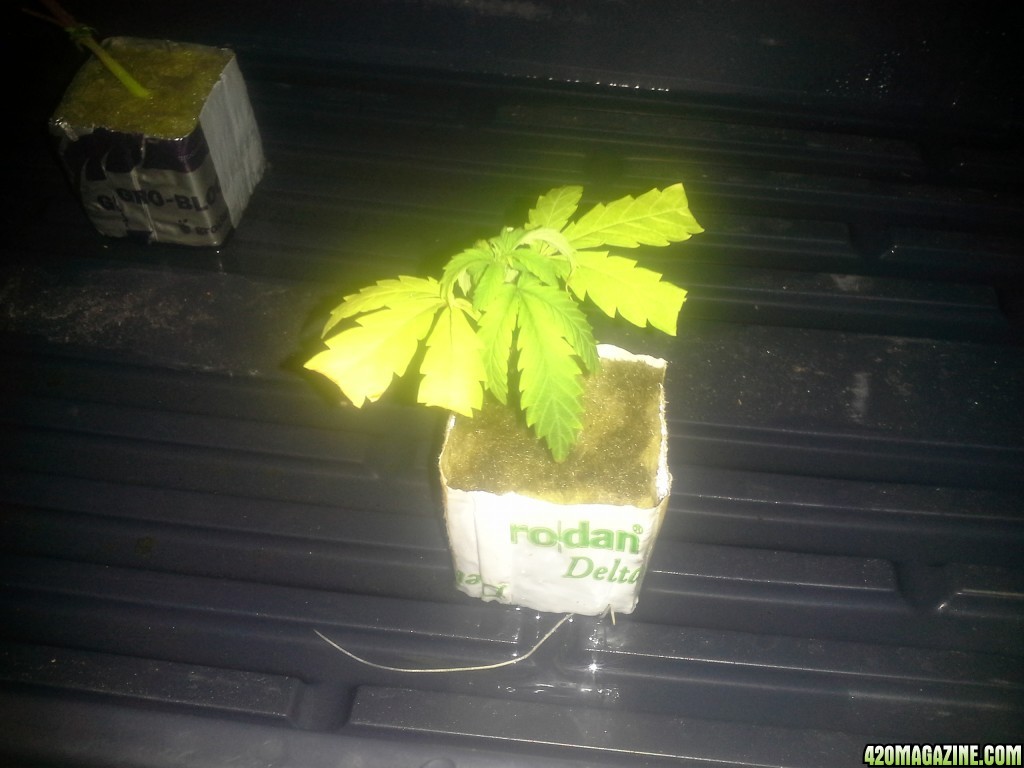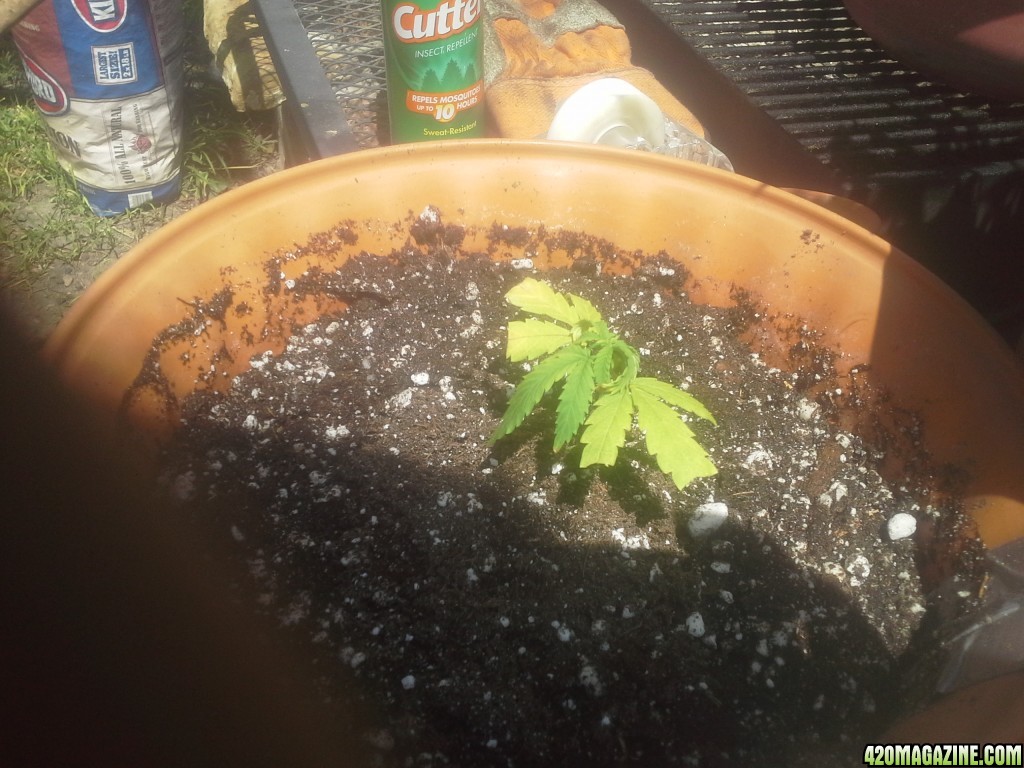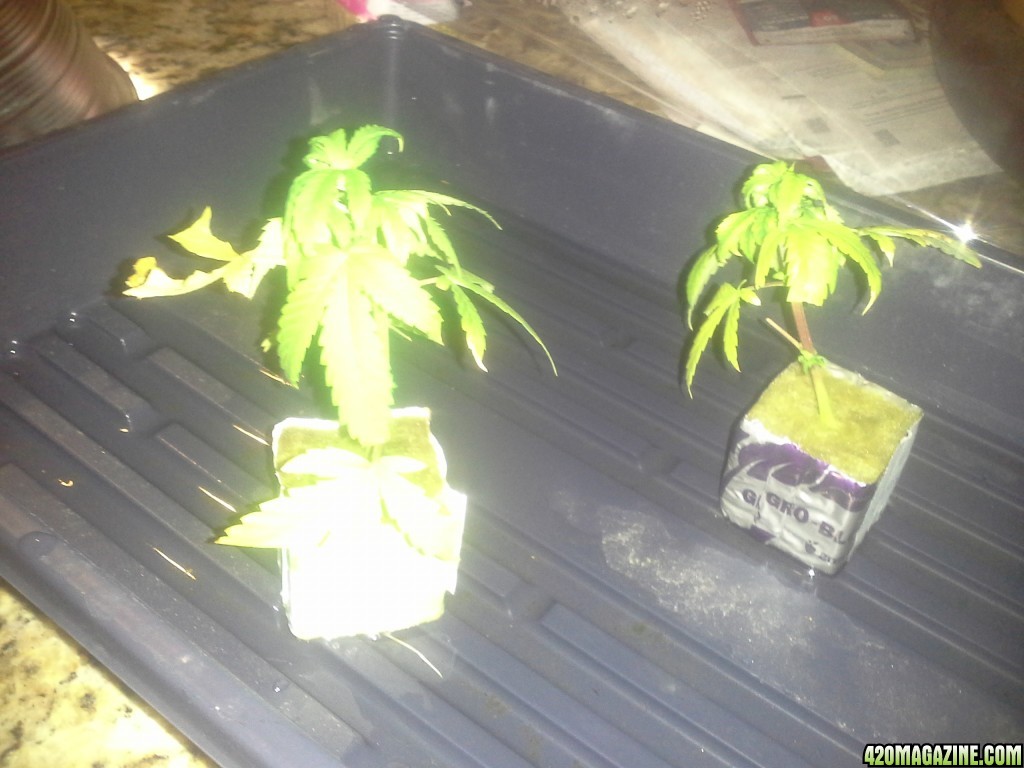- Thread starter
- #141
You want silica, CO? There's better and cheaper wayGet a bunch of horsetail and let it dissolve in water. You might also use bamboo compost/ash/mulch as I do.
 I'm in. I'm going to start using comfrey, horsetail, stinging nettles. I'm looking up seeds right now.
I'm in. I'm going to start using comfrey, horsetail, stinging nettles. I'm looking up seeds right now.









